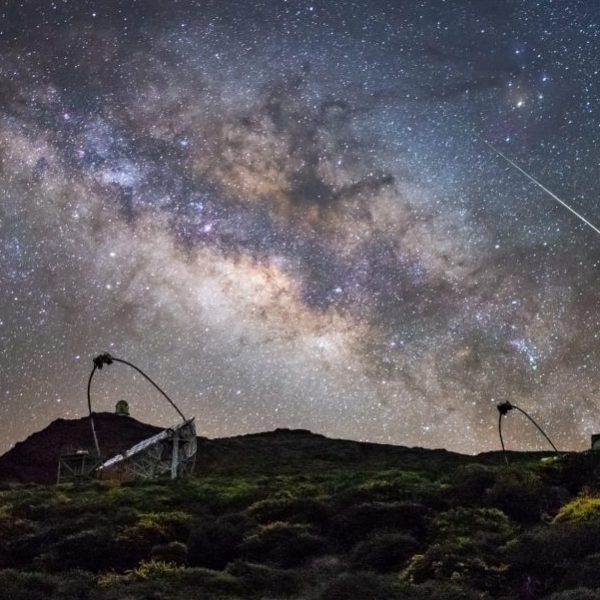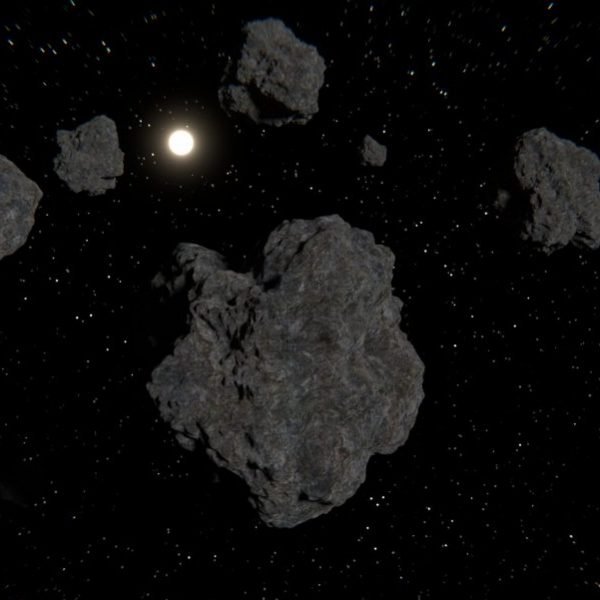For the Moon, and the Stars, and the Sky
Well, someone is having the best day ever. After last night’s total lunar eclipse in the Western hemisphere, the moon continues to occupy center stage as tonight’s winter solstice approaches for those of us north of the Equator. Here in New Haven, the sun rose at 7:15am and will quickly be on its way out at 4:25pm, giving us just a little over 9 hours of daytime before the long moonlit night ahead.
Why so much attention? From the dawn of human existence, the Moon has hung in the sky as an object of human obsession, mystery, ritual, and marvel, creating a wealth of mythology and wonder that once, perhaps, rendered our nearest celestial neighbor the farthest from our scientific  understanding. In his new book Moon: A Brief History, Bernd Brunner tells this cultural story and offers some insight into the traditions—both popular and scientific—that have contributed to our portrait of the Moon.
understanding. In his new book Moon: A Brief History, Bernd Brunner tells this cultural story and offers some insight into the traditions—both popular and scientific—that have contributed to our portrait of the Moon.
Writing for Kirkus Reviews, Greg McNamee ponders: “Imagine if we had no moon. The night sky would be cold and dark, and Pink Floyd would have had that much less to sing about. Bernd Brunner serves up a learned but fluently written almanac of things lunar, with less emphasis on the science of the whirling orb than on the uses we have made of it in art, literature, folklore and the imagination over time.”
The scope of Brunner’s book is a wide, global history, and he is not shy about presenting everything about the Moon from the perspective of the Maori in New Zealand to the skepticism expressed by critics of modern lunar programs. There is even a chapter called “Lunar Choreography” that explores the gravitational effect of the Moon with respect to biological behavior and tectonic activity, which is often eclipsed by the more popularly known lunar effect on the tides.
Have your moment now, Moon. Tomorrow, the sun starts making a comeback.



